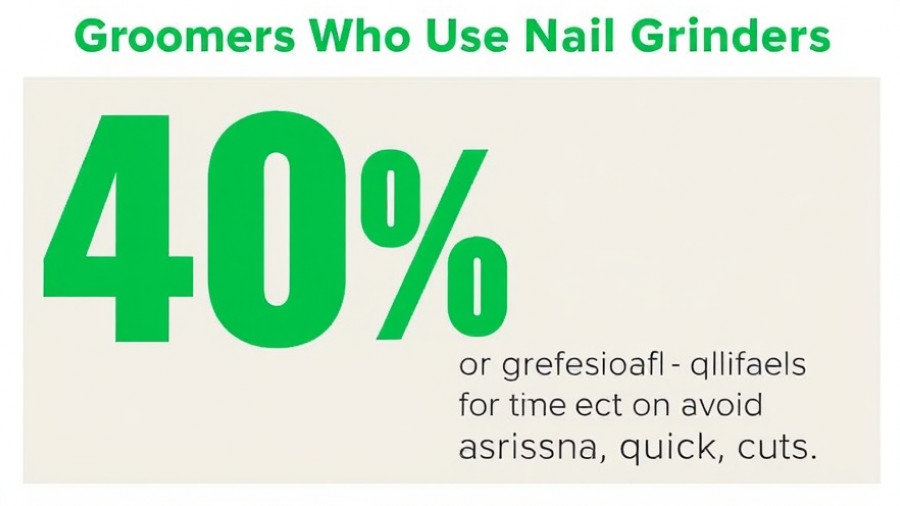
Understanding the Spaying Process
Spaying your dog is a crucial part of responsible pet ownership that not only prevents overpopulation but also contributes to the overall health and well-being of your pet. Understanding the procedure and what comes after can ease the transition and ensure a smoother recovery for your furry friend.
The First 24 Hours: Ensuring Comfort and Monitoring
During the first 24 hours after the spay surgery, creating a peaceful recovery environment is essential. Designate a quiet area of your home, away from distractions, where your dog can recuperate peacefully. A soft dog bed placed in a low-traffic area will help them feel secure and comfortable.
Monitoring your dog's behavior closely is crucial during this time. While some grogginess after anesthesia is normal, be vigilant for signs of distress or excessive lethargy. A healthy puppy's gums should remain pink; pale or white gums can be a sign of complications, warranting immediate veterinary consultation.
Post-Surgery Care: Keeping the Incision Healthy
Inspecting the incision site is another vital post-operative task. While some redness and swelling can be expected, any oozing or excessive swelling should prompt a call to your vet. This is also the time to keep your dog from licking the incisions, which can lead to infections. Elizabethan collars are commonly used, but alternatives like recovery suits can also be effective.
Pain Management: The Importance of Care
Managing pain is a critical part of your dog’s recovery. Follow your veterinarian’s prescriptions meticulously, avoiding human pain medications as they can be harmful. In situations where pain persists, ice packs wrapped in a towel can alleviate swelling, providing comfort without risking skin burns.
Gentle Movement: Encouraging Slow Activity
Limiting your dog’s physical activity during recovery is crucial. Short, controlled walks are recommended, allowing your dog to relieve themselves while avoiding jumping or rough play. For small breeds, consider carrying them outside to prevent unnecessary strain that might jeopardize their healing.
Nourishing Your Dog’s Recovery: Dietary Considerations
Diet plays a pivotal role in recovery. Most dogs will experience decreased appetite post-surgery, which is normal due to lingering effects of anesthesia. Ensure that fresh water is always available, and carefully monitor their intake. When they seem ready to eat, reintroduce food gradually, opting for small, easy-to-digest portions to avoid overwhelming their system.
Recognizing Complications: Knowing What to Look For
Understanding potential post-operative complications can save your dog’s life. Be aware of inflammation or worsening pain at the incision site, unusual behaviors such as loss of appetite beyond a day, excessive whining, or lethargy that does not improve. Familiarizing yourself with these signs can pave the way for timely veterinary intervention.
The Role of Patience in Recovery
Finally, the importance of patience cannot be overstated during your dog’s recovery. Allow them ample time to heal, and monitor them closely. Your calm demeanor can significantly reduce your pet's anxiety and help them feel more at ease during the recovery journey.
As you navigate this process, remember that you're providing a loving home and the best care possible for your loyal companion. Your vigilance and support play a pivotal role in ensuring a successful recovery.
To learn more about pet healthcare, consider exploring your local veterinary services or community pet support groups that can offer additional insights on responsible pet ownership. Every small action contributes to your pet's well-being.
 Add Row
Add Row  Add
Add 




Write A Comment